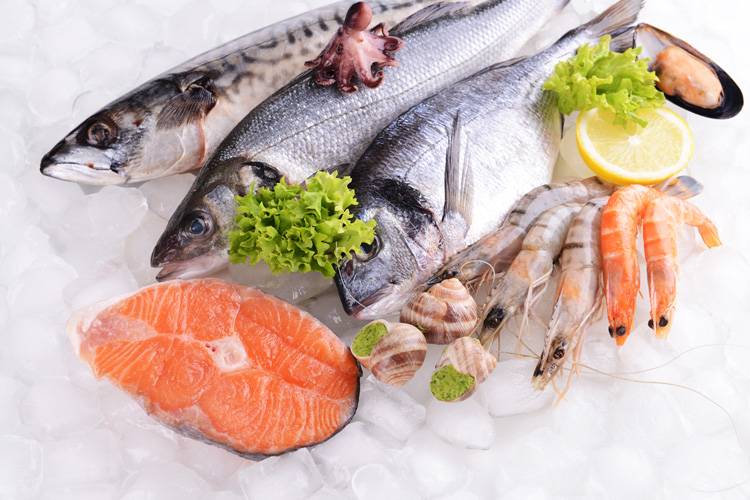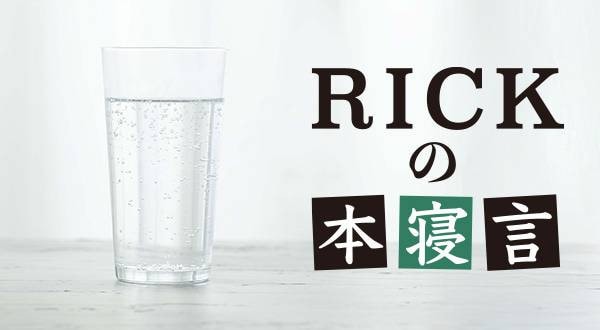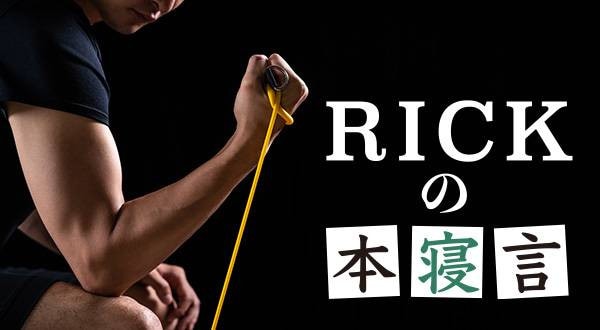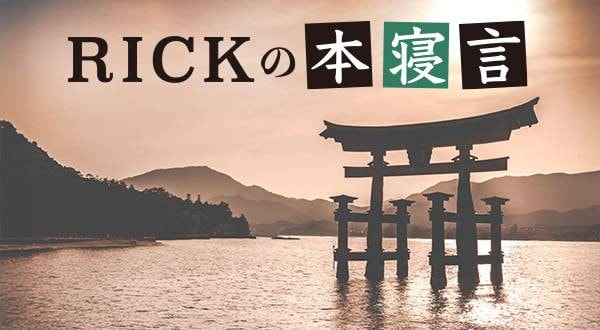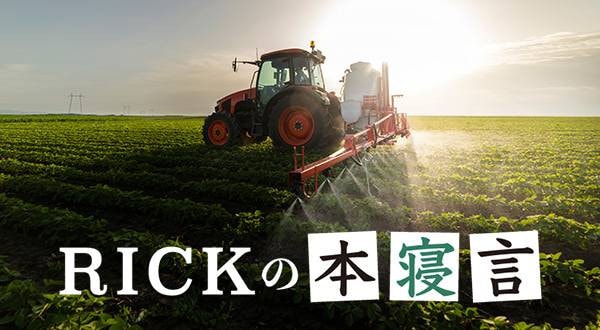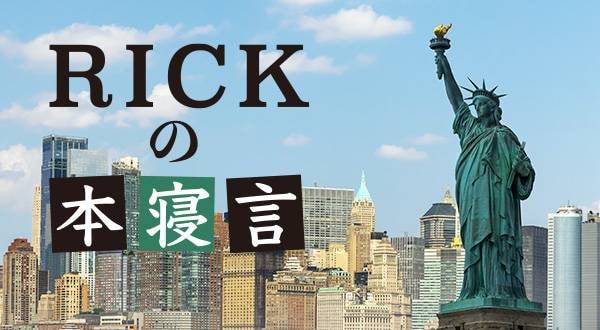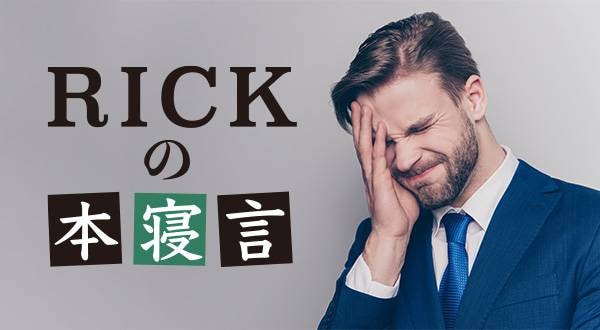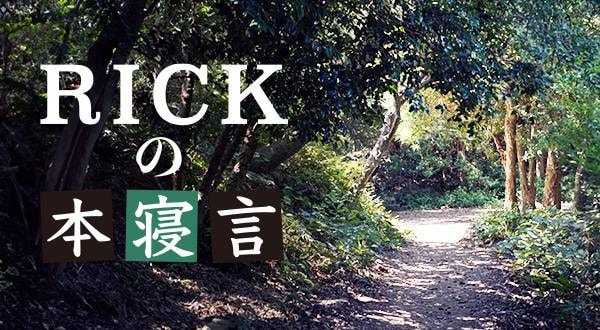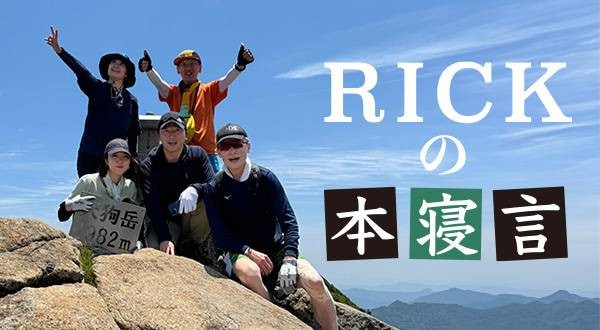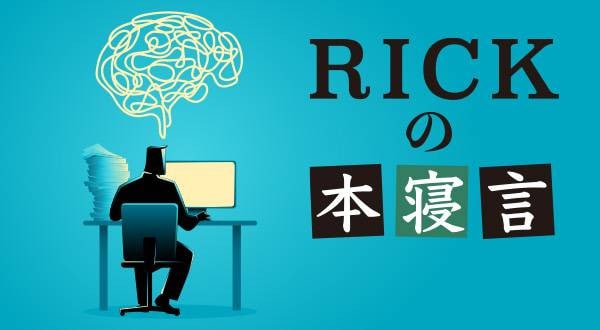Traveling around the world, one thing becomes clear: Japan’s food culture is undoubtedly the best in the world. It seems many Japanese people don’t realize this and take it for granted. If that’s the case, it’s a shame because they might miss the chance to appreciate Japanese cuisine. I understand that if you only know life in Japan, like a frog in a well unaware of the great ocean, you might take it as a given. But still, I want everyone to know. Japanese food culture is the most blessed in the world.
The reason why Japanese people can enjoy such an excellent food culture as a part of everyday life is simple. It’s due to Japan’s geography and natural environment. The most important factors for the development of food culture are the variety of ingredients and their freshness. Specifically, this refers to the abundance of seafood, vegetables, wild plants, and river fish. Japan boasts a rich variety of fresh and delicious ingredients from all these sources, thanks to its unique and exceptional natural environment. Consequently, the bounty of ingredients harvested here is extraordinarily wonderful.
Among these, seafood deserves special mention. Japan is an island nation consisting of over three thousand islands, all surrounded by the sea. A country so blessed with coastline is rare globally. There are other island nations in Southeast Asia, like the Philippines and Indonesia, but there are two significant differences. First, the difference in sea temperatures. The seas around Southeast Asian countries near the equator are warm, making it difficult for large fish suitable for consumption to grow. Hence, the islands are surrounded by small tropical fish, and you have to go far offshore to encounter delicious fish. In contrast, the Japanese archipelago spans from latitude 20° to 45° north, covering a wide range from the warm Ryukyu Islands to the cool Northern Territories. Thus, it provides an ideal natural environment for various fish to thrive.
In addition to the moderate sea temperatures, the Kuroshio Current, also known as the Japan Current, flows along the coast of the Japanese archipelago. This current, flowing northward from the distant south towards Japan, brings many fish to our shores. This continuous year-round current makes Japan uniquely blessed with seafood. Moreover, the Kuroshio Current splits near Shikoku, with one branch flowing towards the Kii Channel and Awaji Island on the Pacific side, and another flowing into the Seto Inland Sea between Kyushu and Shikoku, creating the famous whirlpools near Awaji Island where the currents meet. The end point where these currents converge in the Seto Inland Sea naturally attracts a lot of fish. Additionally, the Kuroshio Current flows into the Sea of Japan from the west of Kyushu, becoming the Tsushima Current, which also brings abundant seafood to the Sea of Japan side. It’s truly a blessing.
Reflecting on the standout examples of seafood I’ve enjoyed in Japan, the first that comes to mind is the torigai (giant clam) from Miyazu Bay in Kyoto Prefecture on the Sea of Japan side. Commonly known as ‘raw torigai’, these are rarely caught naturally anymore, with strict fishing bans in place and only a few weeks in June when fishing is allowed. The innkeeper mentioned that they had just procured the best torigai on the day of my stay. Although the price was high, he said, “Everyone who stays here wants to eat this, but it’s rarely available. You’re lucky if you can eat it!” Trusting his words, I decided to give it a try.
The innkeeper, who was also the head chef, brought a small charcoal grill to my room and showed me a large, live torigai. When he tapped it lightly, it extended a tongue-like part about 10 cm long from its shell. My previous experience with torigai was the thin piece served at sushi restaurants, typically white with brown and black streaks, slightly chewy, and sticky like squid. These raw torigai eaten at sushi restaurants were the limit of my knowledge and experience but the one in front of me was about to overturn that notion.
The torigai was huge and thick, roughly 3 cm thick at a glance. The chef expertly sliced it out of its shell, butterfly-cut it, and opened it up. It was an impressively large torigai, completely white, which was unexpected. The chef then placed it on the grill and grilled both sides within about a minute.
Then, to my amazement, the torigai shrank and shriveled right before my eyes. It was probably because it was heated by the fire and felt hot. Poor thing, it must have hurt. I’m sorry. Another surprising thing was that the moment it was placed on the grill, its color changed, becoming a mix of black and gray, similar to the torigai I’d seen at sushi restaurants. According to the chef, torigai changes color immediately when heated. He then took the torigai off the grill with chopsticks, cut it into bite-sized pieces, and placed it on a plate for me.
He said, “It’s best eaten now, so please enjoy it immediately!” Trusting his words, I picked up a piece with my chopsticks and put it in my mouth. The thickness was surprising, still about 2 cm even after shrinking. It felt like biting into a tender steak. The next surprise was the texture. I expected it to be chewy like squid, but it was different, more like a cross between scallops and geoduck clams, with a pleasant, firm bite. The flavor was sweet, an unbelievable taste for a clam. Overwhelmed by the deliciousness, I exclaimed, “It’s so good!”
I’m about to end an article just by writing about torigai and this brings back such fond memories that I could fill this entire piece with it. It’s a unique delicacy you can only enjoy in Japan, and encountering such a miraculous meal is an unforgettable experience.
Other memorable seafood experiences include the delicious sea urchin from Rebun Island in Hokkaido and the freshly caught mackerel from Sada Misaki in Ehime Prefecture, westernmost point of Shikoku, enjoyed raw right by the fishing port. Reflecting on my life’s journey, I realize I’ve had countless incredible seafood experiences. I’m deeply grateful for the many blessings of Japanese seafood, confirming once again that Japan is the best in the world in this regard. Today, I’m in Onagawa, Miyagi Prefecture, and I look forward to enjoying some delicious fish tonight, which fuels my enthusiasm for work.
